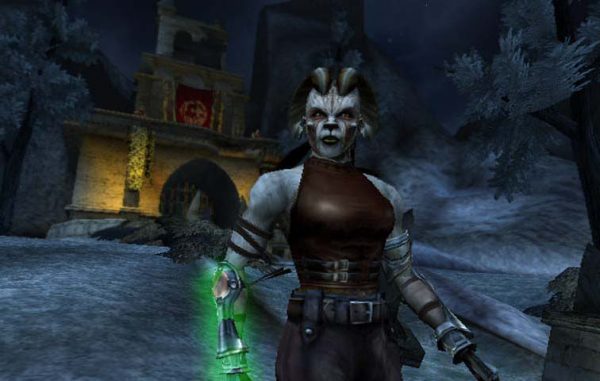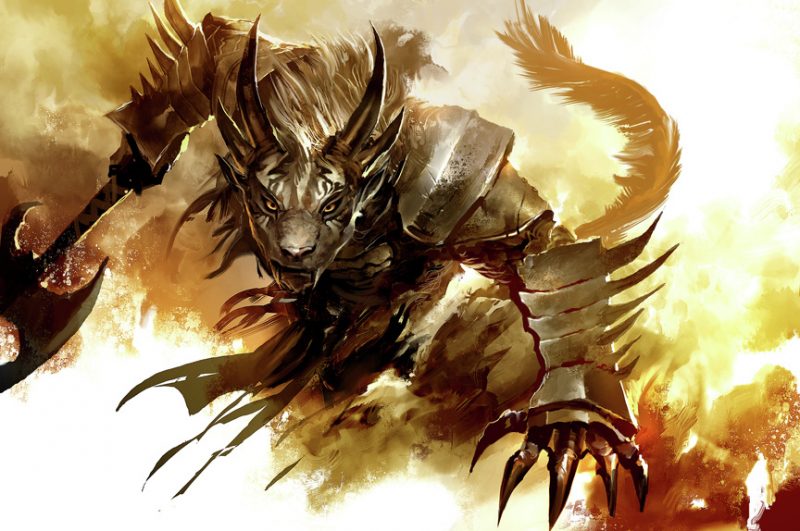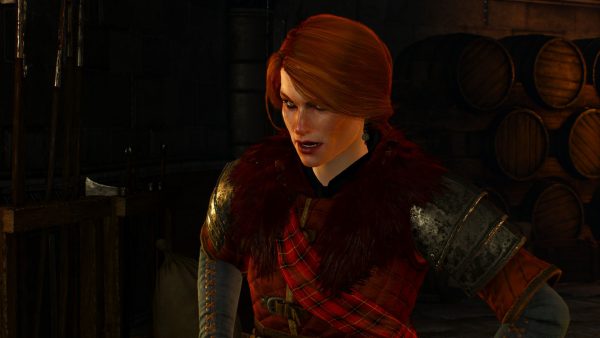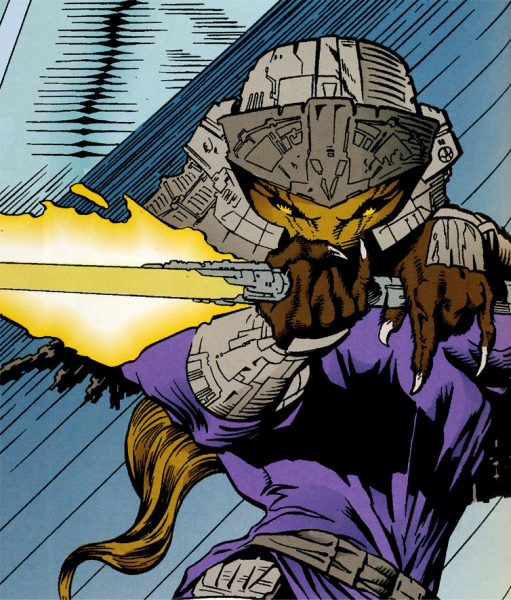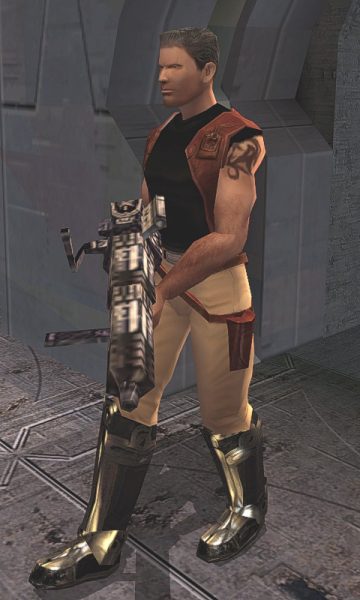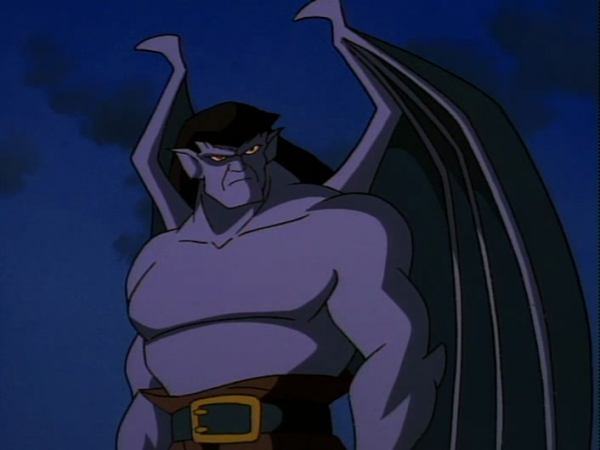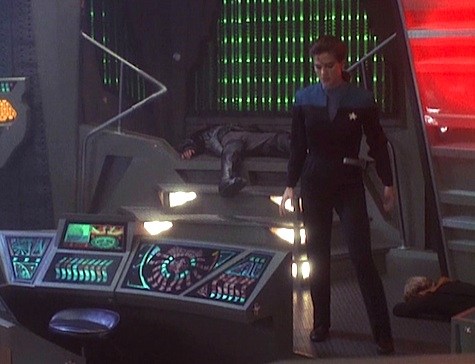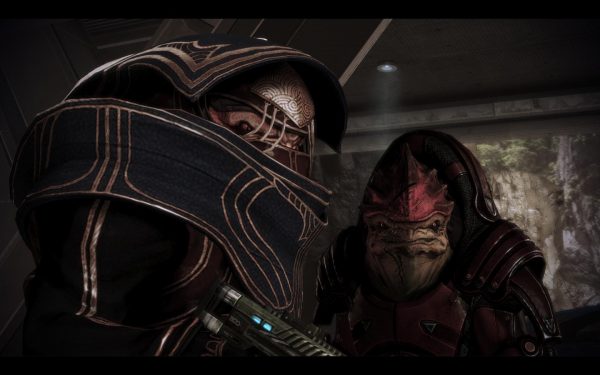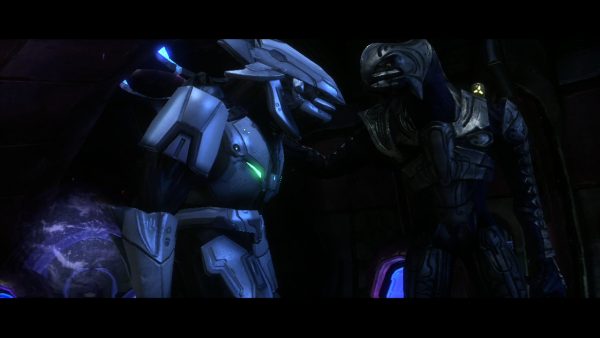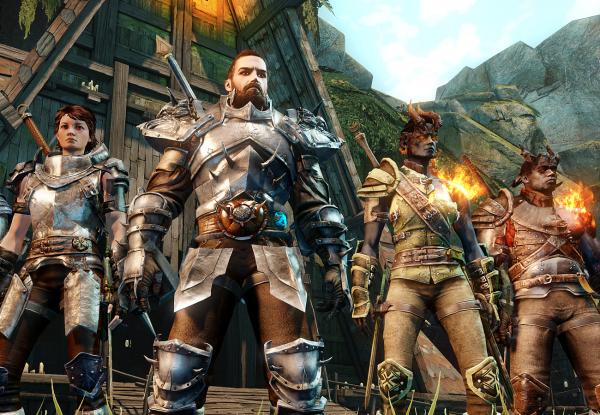Building on my post from last week, I have made some more significant insights into the telling of fantastical stories. I had my start in creating fantasy material with drafting up a campaign setting of my own after I had become dissatisfied with the world of the Forgotten Realms, and the Ancient Lands literally had their origin as the realms of the High Forest 4,000 years in the past. It quickly grew into more and more of a unique thing as I made changes I considered improvements and artistic upgrades and added ideas from other sources that I found very appealing. However, I have to admit that I never was really satisfied with the Ancient Lands as a campaign setting. In the several campaigns that I ran, I always had the feeling that I wasn’t really able to showcase it’s creative features and make it feel to the players as something more than a pretty generic D&D world. I had great ideas that I still really like, but was never really able to work them into the active game.
When I started dabbling at writing, I took a lot of the aesthetic ideas and concepts from the Ancient Worlds, but for this purpose they turned out to work even worse. And I think I am starting to see why. The style I refined and the worlds that I designed are tailored to what I consider interesting, inviting, and attractive. But at the same time they are completely different from the many works that I find really inspiring. Asthetically, the Ancient Lands style takes a lot from Warcraft 3, Morrowind, and the Tales of the Jedi comics. But I don’t really enjoy any of these for their stories and they are actually pretty bad in that regard.
When I want to tell a story that I find compelling, or set up an environment that funnels players into creating stories of that kind, I need a setting that is designed for such stories. A quick look at my favorite stories that inspire me to be creative makes it very easy to discern a pretty specific shared style and tone: There’s movies like The Empire Strikes Back, Raiders of the Lost Arc, Princess Mononoke, Blade Runner, and Ghost in the Shell. There are the Witcher books and the Hellboy and B.P.R.D. comics. There are videogames like Metal Gear Solid, Thief, Legacy of Kain, Mass Effect 2, and Mirror’s Edge. None of them are set in vast wildernesses inhabited by barbarian tribes. I find it a culturally fascinating environment and aesthetically very pleasing, but these works are all dark and set in quite advanced societies with complex political environments.
Bronze Age tribes are a very fascinating environment, but I am starting to see that I don’t really have a good idea what kinds of stories would fit into such a setting that I find compelling. This is not where my creative capital is located. I don’t have the toolbox to craft stories for it.
So with the creation of the Kaendor setting I want to go all the way back to the start and refocus on what the essential elements are that I want to and can work with. With the Ancient Lands I put some considerable effort into not doing what has been done a hundred times before, like going with Dark Lords, demonic invasions, lost Golden Ages of magic and technology, a good and evil duality, an intelligently designed universes (that is about to break down), and a generic medieval European setting. But in hindsight I think I went a bit overboard in some of it and ended up designing a world in which there isn’t really anything to replace these things as big background sources of conflict that force characters into action. Right now, I think I might be able to salvage the idea of small clusters of civilization separated by vast stretches of uninhabited wilderness. While a tribal Bronze Age society and settlements don’t look like they would work, I can take the asthetic styles of various Bronze Age empires to create a style that is distinctively different from the medieval European Standard Fantasy Setting. And the ambigous and unsettling spirits could become more actively prominent with a big Lovecraftian boost of weirdness.
In a way, I could see many of my ideas work in a setting that is actually more similar to the fantastic world of Morrowind. More great houses, more tongs, more daedra, and more living god kings.

